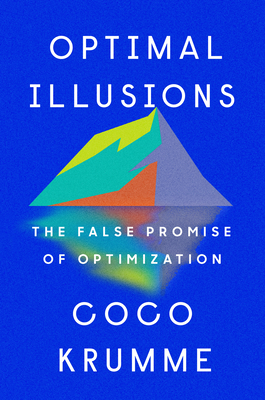
Foundations of Optimization (Graduate Texts in Mathematics #258)
Description
Optimization is everywhere. It is human nature to seek the best option among all that are available. Nature, too, seems to be guided by optimizationmany laws of nature have a variational character. Among geometric gures in the plane with a xed perimeter, the circle has the greatest area. Such isoperim- ric problems involving geometric gures date back to ancient Greece. Fermat's principle, discovered in 1629, stating that the tangent line is horizontal at a minimum point, seems to have in uenced the development of calculus. The proofs of Rolle's theorem and the mean value theorem in calculus use the Weierstrass theorem on the existence of maximizers and minimizers. The - troduction of the brachistochrone problem in 1696 by Johann Bernoulli had a tremendous impact on the development of the calculus of variations and in uenced the development of functional analysis. The variational character of laws of mechanics and optics were discovered in the seventeenth and ei- teenth centuries. Euler and Lagrange forged the foundations of the calculus of variations in the eighteenth century. In the nineteenth century, Riemann used Dirichlet's principle, which has a variational character, in his investigations in complex analysis. The simplex method for linear programming was disc- ered shortly after the advent of computers in the 1940s, and in uenced the subsequent development of mathematical programming. The emergence of the theory of optimal control in the 1950s was in response to the need for contr- ling space vehicles and various industrial processes.

















